After much speculation, Qualcomm has lifted the curtain on its next-gen smartphone application processor — the Snapdragon 8 Elite. It’s not just the name that’s changed from its predecessor, the Snapdragon 8 Gen 3; there’s a highly anticipated return to custom CPU core development, greatly enhanced graphics performance, and a load of new stuff for AI and imaging.
So, let’s explore all the new features in more detail, starting with that swanky CPU setup.
Snapdragon 8 Elite specs
CPU Config | Snapdragon 8 Elite 2x 4.32GHz (Oryon) | Snapdragon 8 Gen 3 1x 3.3GHz (Cortex-X4) | Snapdragon 8 Gen 2 1x 3.19GHz (Cortex-X3) |
GPU | Snapdragon 8 Elite Adreno
| Snapdragon 8 Gen 3 Adreno | Snapdragon 8 Gen 2 Adreno 740 |
DSP | Snapdragon 8 Elite Hexagon
| Snapdragon 8 Gen 3 Hexagon | Snapdragon 8 Gen 2 Hexagon |
RAM support | Snapdragon 8 Elite LPDDR5X | Snapdragon 8 Gen 3 LPDDR5X | Snapdragon 8 Gen 2 LPDDR5X |
Camera support | Snapdragon 8 Elite • 320MP single shot | Snapdragon 8 Gen 3 • 200MP single shot | Snapdragon 8 Gen 2 • 200MP single shot |
Video capture | Snapdragon 8 Elite 8K @ 60fps (HDR) | Snapdragon 8 Gen 3 8K @ 30fps (HDR) | Snapdragon 8 Gen 2 8K @ 30fps (HDR) |
Charging | Snapdragon 8 Elite Quick Charge 5 | Snapdragon 8 Gen 3 Quick Charge 5 | Snapdragon 8 Gen 2 Quick Charge 5 |
4G/5G Modem | Snapdragon 8 Elite X80 LTE/5G (integrated) | Snapdragon 8 Gen 3 X75 LTE/5G (integrated) | Snapdragon 8 Gen 2 X70 LTE/5G (integrated) |
Other networking | Snapdragon 8 Elite Bluetooth 6.0 | Snapdragon 8 Gen 3 Bluetooth 5.4 | Snapdragon 8 Gen 2 Bluetooth 5.3 |
Process | Snapdragon 8 Elite TSMC 3nm | Snapdragon 8 Gen 3 TSMC 4nm (N4P) | Snapdragon 8 Gen 2 TSMC 4nm (N4?) |
Qualcomm Oryon CPU explained
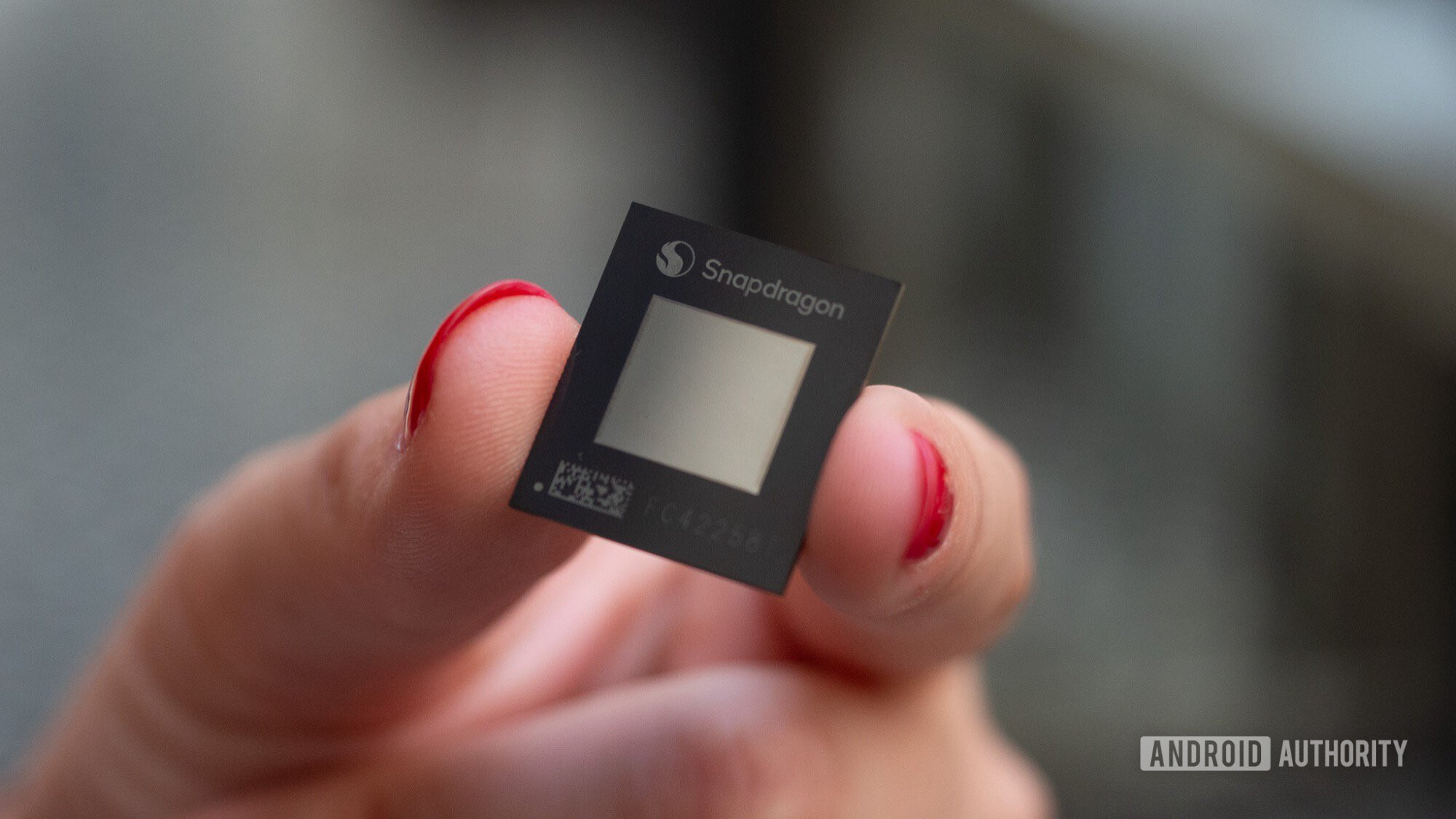
Rita El Khoury / Android Authority
The Oryon CPU is this year’s headline ticket. It marks Qualcomm’s return to custom CPU development after years of buying parts from Arm’s Cortex series. The CPUs are still based on the Arm architecture, but a fully custom design frees Qualcomm to configure the inner workings of Oryon exactly as it sees fit, with the additional development expenses, of course.
Qualcomm is keen to stress that the CPUs inside the Snapdragon 8 Elite aren’t just a slimmed-down version of the Pheonix CPU cores inside its laptop-grade Snapdragon X series. No, they’re a ground-up design specifically for mobile applications.
For starters, the CPU core setup has been greatly simplified compared to previous years. The quad-tier arrangement of big, middle, and little cores is replaced by a simple two-tier design of two Prime cores and six Performance cores. This is a much more Apple-like approach, which also doesn’t use any small cores for background tasks.
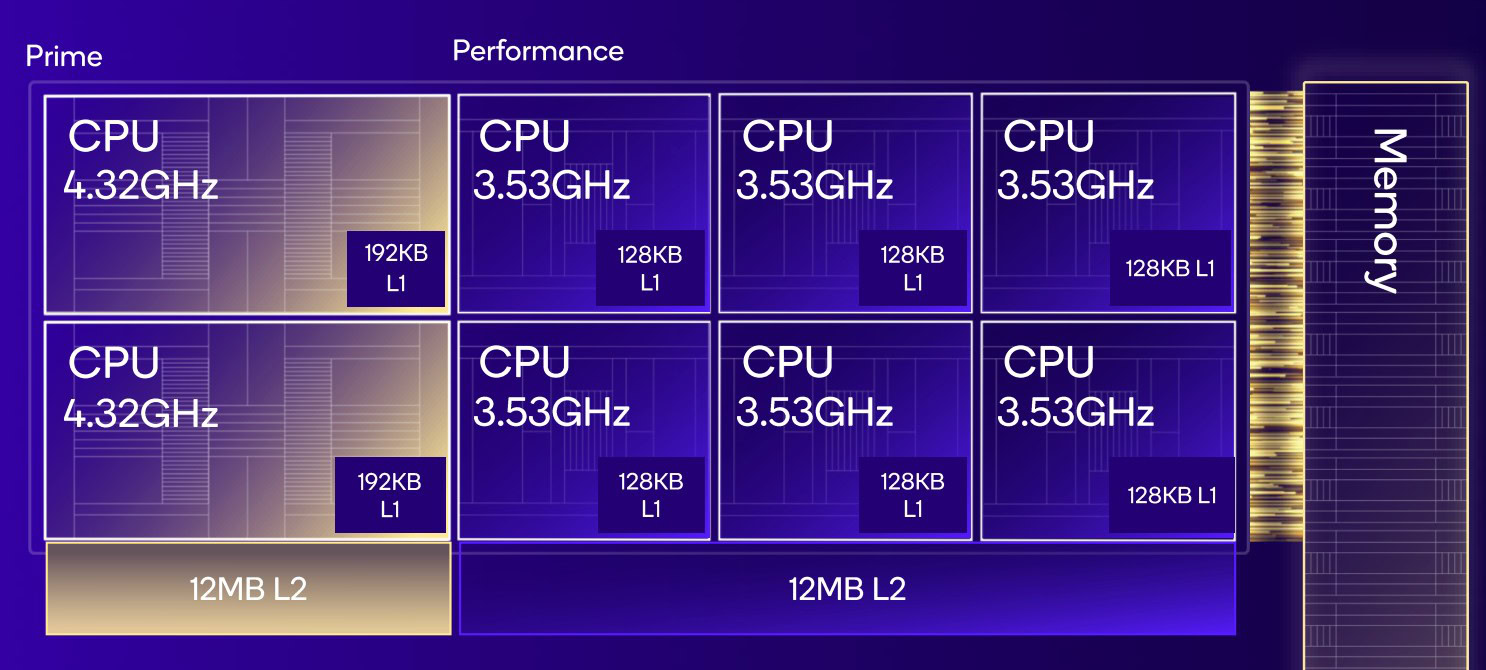
The clock speeds are also notably different, reaching a colossal 4.32GHz on the two fastest cores, virtually a whole 1GHz faster than its predecessor. This will surely only be for short bursts, but these laptop-class clock speeds should ensure snappy responsiveness. The great unknown is just how hot and power efficient this setup is, but TSMC’s cutting-edge 3nm manufacturing process will undoubtedly help Qualcomm reach its 45% better efficiency claim.
Of course, clock speed is only a small part of a CPU’s performance potential. Unfortunately, Qualcomm hasn’t detailed the inner workings of its Oryon cores, so we can’t yet compare them to Apple or Arm Cortex. We do know that the Prime and Performance cores share the same architecture, they are simply optimized for single and multi-threaded workloads based on clock speed, cache, etc.
Qualcomm has paired the CPU setup with a significant pool of 12MB L2 cache per cluster, doubling its predecessor’s more distant 12MB L3 cache. There’s 192KB L1 cache per Prime core and 128KB per Performance core. That’s a lot of expensive silicon space dedicated to memory, which explains the reportedly high price of the Snapdragon 8 Elite.
The 8 Elite boasts a 45% CPU performance boost over last year.
With all this memory, we’re likely looking at some pretty beefy internal cores. Qualcomm claims that the Snapdragon 8 Elite boasts 45% faster single-core and multi-core performance over the 8 Gen 3. Early Snapdragon 8 Elite benchmarks don’t appear too far off these claims.
We also know that Qualcomm has developed a new data prefetcher for the 8 Elite, which again fits with the theme of making sure these big cores constantly have something to do (so they’re not wasting power). Qualcomm’s engineers also implemented new “Instant Wake” hardware, allowing the cores to instantly start working on the next instruction after waking up from a low-power state. Again, this all leads to the impression these cores shouldn’t be sitting idle, or they’re eating through battery life. Wake, run fast, and sleep is the ethos.
Extreme graphics performance
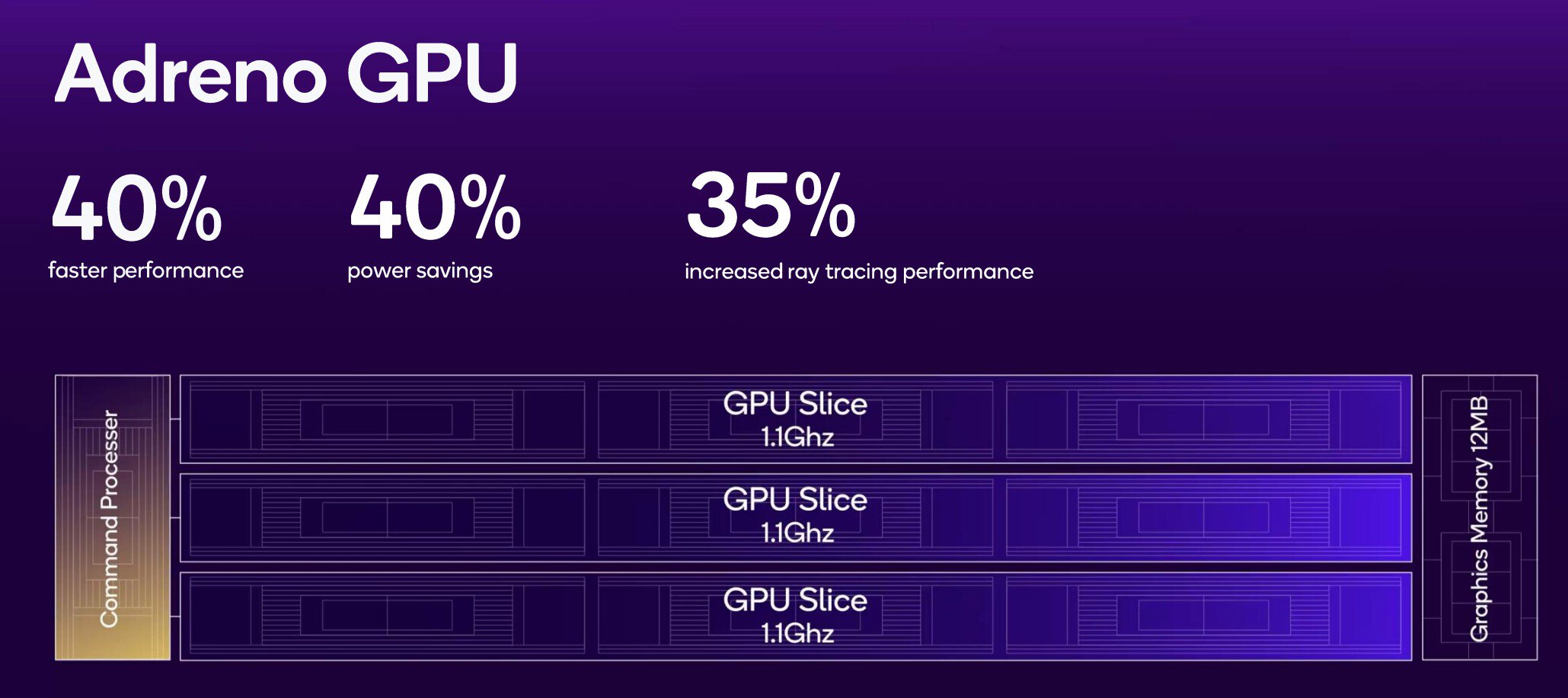
It’s not just the CPU that’s in for some substantial performance gains this year; Qualcomm has revamped its Adreno GPU with some eyewatering figures. GPU performance is up to 40% faster or 40% more power efficient and offers a 35% boost to ray tracing performance over the 8 Gen 3’s GPU. Qualcomm says the new GPU can add 2.5 hours to gaming time, though that obviously depends heavily on the battery size, title, and framerate.
Qualcomm doesn’t detail Adreno names anymore, but we’re moving to a new architecture, meaning it’s probably an Adreno 8XX series part. It moves to a new “GPU Slice” architecture, which splits the shader cores and other fixed function blocks into distinct slices. This allows for more dynamic resource allocation, higher clock speeds (up to 1.1GHz), improved load balancing, and presumably lower power possibilities by powering down slices. This approach should also make this Adreno architecture more easily scalable to mid-tier and laptop-grade performance.
Adreno moves to a new architecture with the 8 Elite.
The new GPU also has 12MB of dedicated memory, resulting in fewer calls to RAM for enhanced performance and lower power consumption. A 40% reduction in read memory bandwidth helps further, providing the new GPU with a chunk of of its 35% ray tracing performance boost.
Qualcomm’s Adreno has been plenty fast for generations now; what we’ve been really hoping to see is improved sustained performance and lower temperatures. Hopefully, this new architecture and 3nm design will help.
The Snapdragon 8 Elite also touts support for some of the gaming industry’s cutting-edge technology found in the console space. Support for Unreal Engine 5’s Nanite greatly increases geometry detail, while Unreal’s Chaos Physics engine runs up to 60% faster on the new CPU.
Please, not more AI
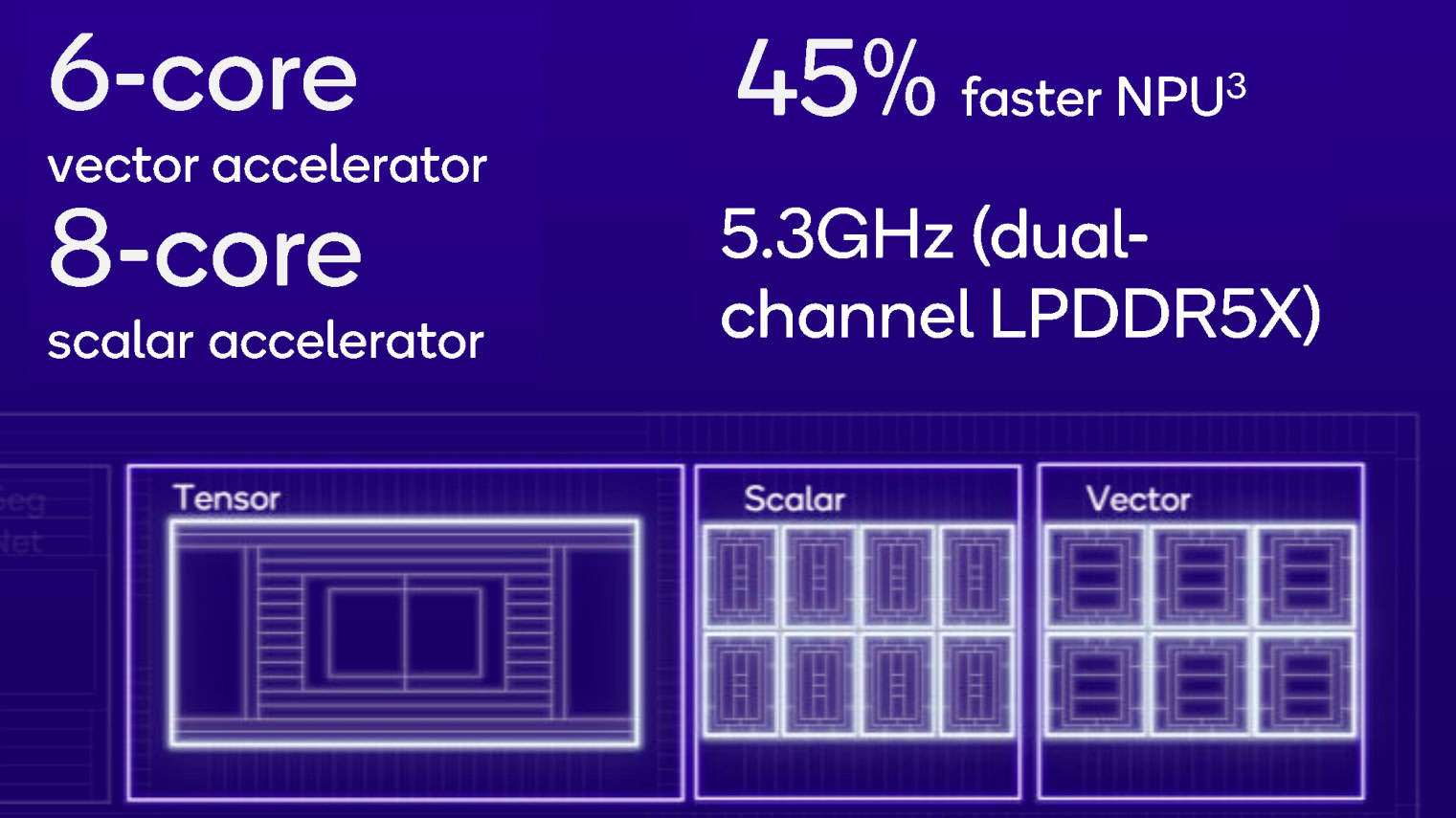
It wouldn’t be a modern chipset announcement without enhanced AI capabilities, and the Snapdragon 8 Elite’s Hexagon NPU has seen some significant changes. First, it boasts a larger input token capacity, up to 70 tokens per sec “on certain LLM models,” which doesn’t really tell us all that much. However, it does support multimodal Gemini Nano.
Two additional Scalar and Vector processors bring the total to eight and six, respectively. Paired with faster memory throughput, this helps the 8 Elite boast up to 45% faster NPU performance, depending on the workload. The upgraded NPU also boasts a 45% AI performance per watt power saving, again depending on what’s being run.
Snapdragon’s image signal processor is increasingly closely linked to the NPU, and Qualcomm has made architectural changes to allow computer vision and AI tasks to better share NPU memory. This means it’s faster to run multiple models and different tasks on the NPU at once.
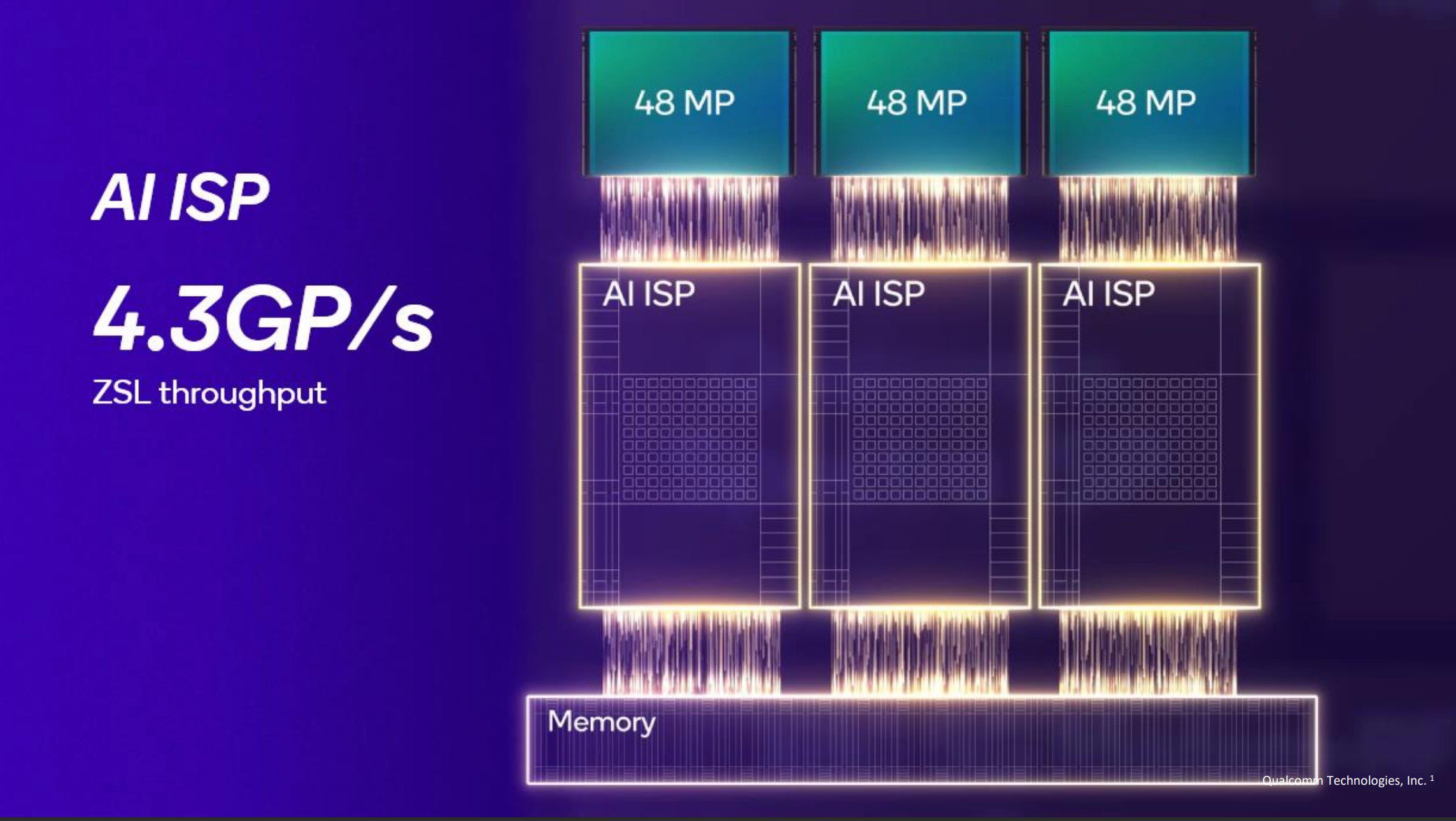
Speaking of, the Snapdragon 8 Elite’s ISP is a ground-up rebuild. More of the processing pipeline now runs in the RAW domain, meaning high-quality results when the ISP automatically corrects for white balance, exposure, and more. Direct RAW processing and direct link to the NPU allow for real-time AI enhancements at 4K/60fps, more options for retouching your photos through newer and faster image segmentation techniques (Insight AI), and 30fps video object removal, all running on-device.
Forget photos, the 8 Elite runs video object removal on-device.
Pixel throughput is also up by 35% to 4.3GP/s for faster zero shutter lag photo capture, which now supports huge 320MP sensors. The ISP now supports triple 48MP cameras, which cater to some pretty common setups, and can read 30fps 4K video from all three sensors simultaneously.
Connectivity and more
The Snapdragon 8 Elite wouldn’t be much of a smartphone processor without the latest networking capabilities. The chip packs the Snapdragon X80 modem that Qualcomm announced earlier in the year. In addition to blazing-fast 5G speeds (10Gbps down, 3.5Gbps up) thanks to six-band carrier aggregation, the modem’s standout feature is integrated NB-NTN (satellite) support. Next-gen smartphones won’t need to expend more space and expense on an additional satellite modem.
The integrated FastConect 7900 suite includes Wi-Fi 7 capabilities, Bluetooth 6.0, and integrated UWB support for the first time. There’s also a 40% power reduction, which is always a welcome improvement. The 8 Elite also includes the company’s best audio features, including aptX Adaptive and XPAN technologies.
Snapdragon 8 Elite: The early verdict
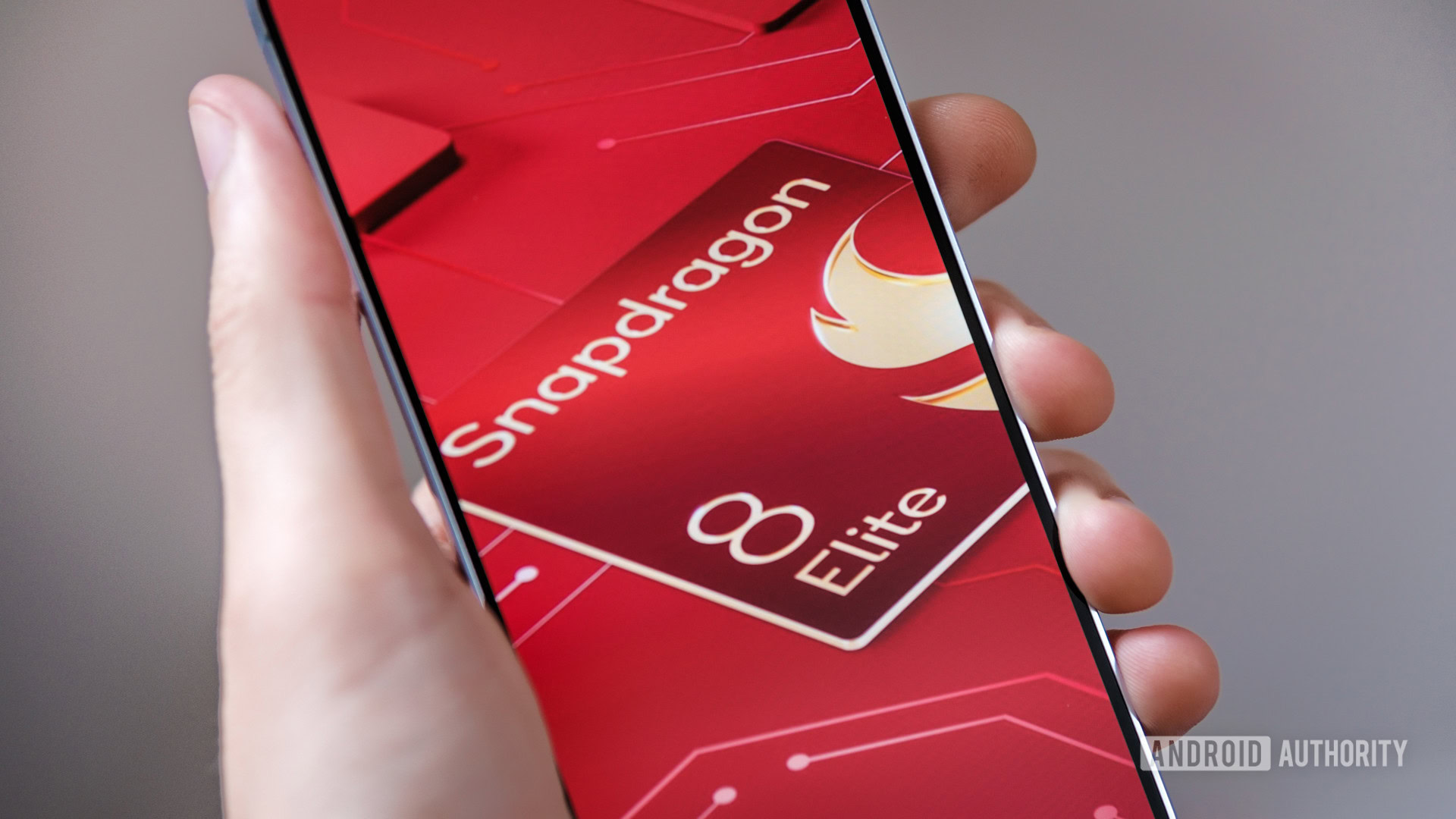
Robert Triggs / Android Authority
Qualcomm’s Snapdragon 8 Elite undoubtedly marks a key turning point in the series’ history. The return to custom-CPU development promises major performance and efficiency gains that could propel the Elite well ahead of mobile rivals. Paired with seemingly huge GPU, AI, and imaging improvements, there’s something for everyone’s next-gen phone, although all this tech looks set to come at a much higher price.
That said, Qualcomm seems to be overselling the chip in some respects. Without specifics on the countless “AI” enhancements scattered throughout the modem, sensor hub, and virtually every other facet, it’s hard not to feel Qualcomm is cramming the industry’s latest buzzword into every possible corner of the chip. Please, Qualcomm, less of this; let the tech do the talking.
Thankfully, we won’t have to wait too long to get our hands on the Snapdragon 8 Elite. ASUS, HONOR, iQOO, OnePlus, OPPO, RealMe, Samsung, vivo, and Xiaomi are all listed as planning announcements, some of which may appear before the end of the year. The OnePlus 13, for example, will launch before the end of October.
It’s reported that next year’s Samsung Galaxy S25 series will also exclusively feature the Snapdragon 8 Elite. Given the sweeping changes and performance claims, it’s not so surprising that the Exynos/Snapdragon divide might be too big for Samsung to bridge this year.

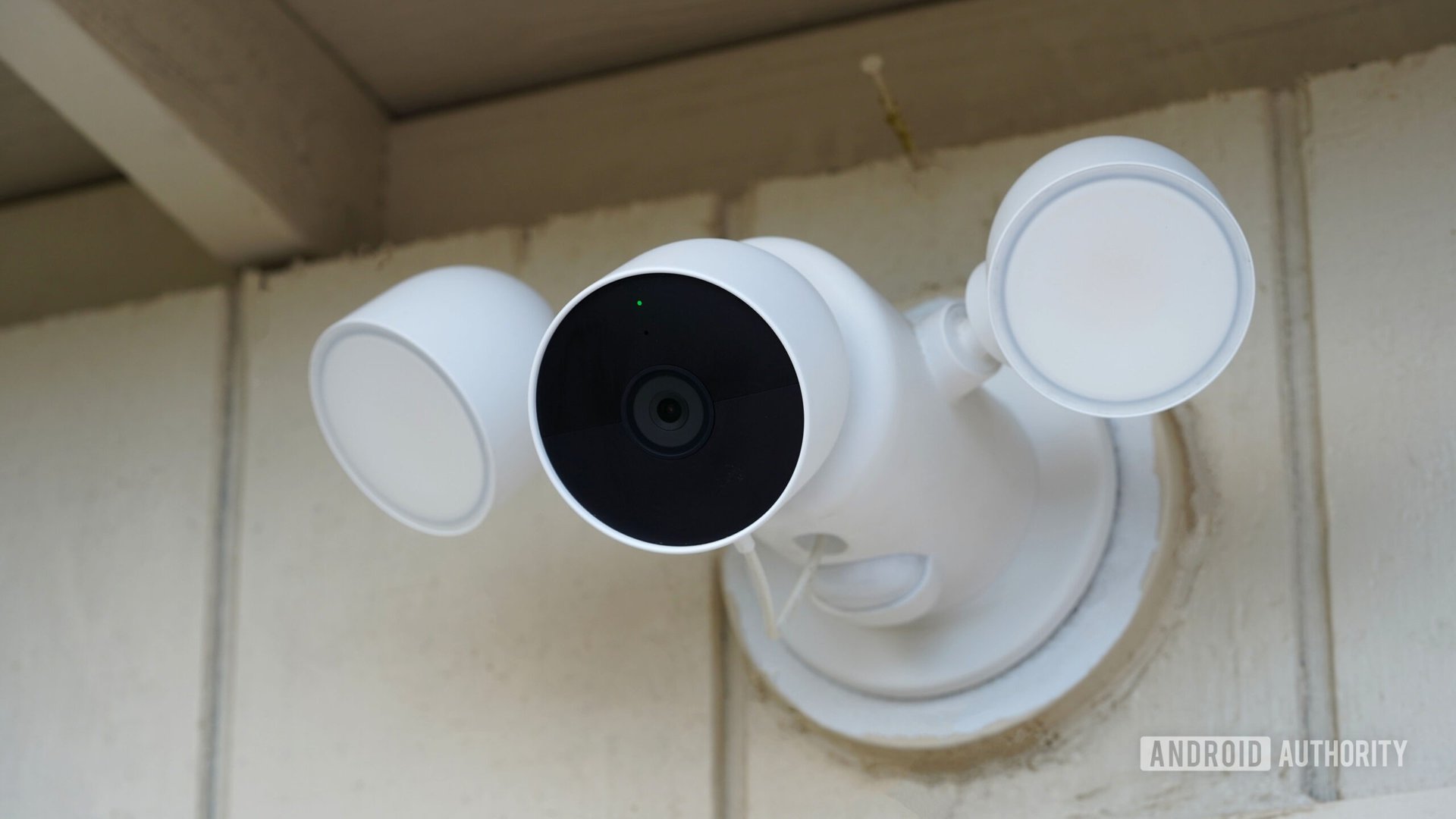






 English (US) ·
English (US) ·